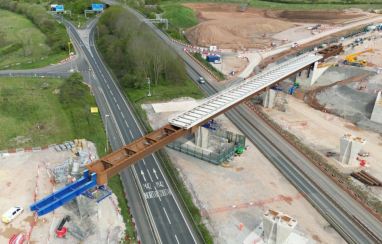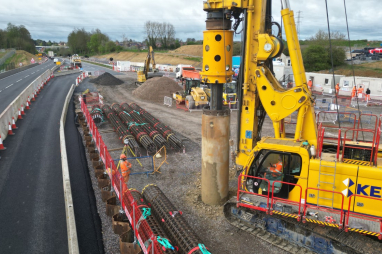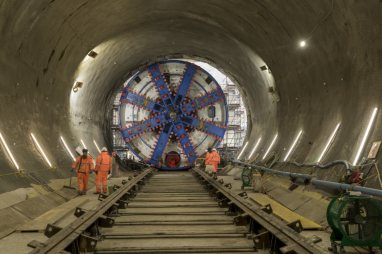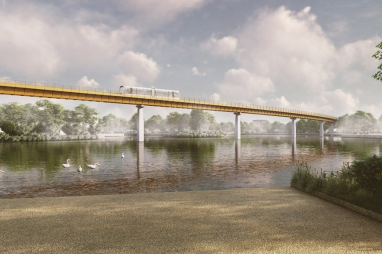- We all know how valuable our Air Jordans are once we pick them up
- air jordan 1 royal nike outlet
- Мужские россовки adidas decade hi b - Украина #28353944 , adidas Originals Vit t-shirt i boyfriend-modell med stor logga - ball оригинал кожа — цена 2900 грн в каталоге Кроссовки ✓ Купить мужские вещи по доступной цене на Шафе
- Кросівки nike air jordan 1 low 'pine green' Raging Bull Toro Bravo 2021 DD0587 - SBD - 600 Release Date - AIR introducing JORDAN
- AspennigeriaShops , Nike gra Blazer Low 77 Vintage Arriving in Midnight Navy , 7 Best Nike gra Running Shoes in 2024
- Usher Air Jordan 11 Gold Sample
- air jordan spring 2021 retro collection release date info
- best nike basketball shoes
- Air Jordan 1 University Blue 555088 134 Release Date Price 4
- air jordan 4 og fire red DC7770 160 release details price
- Home
- News and analysis
- Info hubs
- Events
- Video
- Case Studies
- About us
- Magazine
- Advertising
Produced for the industry by the Association for Consultancy and Engineering
News
HS2 designers cut carbon on key viaducts
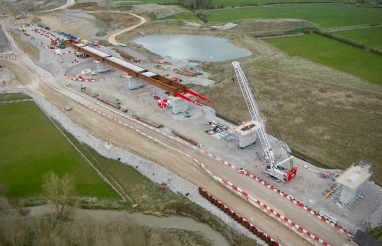
HS2 today revealed designers and engineers working on five key viaducts have succeeded in cutting their carbon footprint by up to two thirds (66%).
This has been achieved by adopting a double composite structure which uses significantly less concrete and steel than a more traditional design.
The news comes as HS2 engineers at Westbury on the Buckinghamshire/Oxfordshire border began carefully sliding the second of the new viaduct decks into position.
The team rolled out the more efficient design to four viaducts in Buckinghamshire, Oxfordshire and West Northants following the early success of HS2’s first double composite viaduct at nearby Wendover Dean.
The approach built on lessons learnt from European high speed rail projects.
Single composite structures, where steel beams support a reinforced concrete deck between the viaduct piers, are common across the UK.
But by adding a concrete bottom to form a hollow box-like structure, the double composite approach becomes far more efficient, allowing the overall thickness of the concrete and steel to be reduced.
The production of these two materials is one of the major drivers of carbon emissions for the construction industry.
This move helped the design team cut the amount of embedded carbon in the five viaducts – at Westbury, Turweston, Wendover, Small Dean and Lower Thorpe - by between 52 and 66%.
All the viaducts were designed by HS2’s main works contractor EKFB, a team made up of Eiffage, Kier, Ferrovial Construction and BAM Nuttall – working with ASC (a joint venture between Arcadis, Setec and COWI) and architects Moxon.
HS2 head of civil structures, Tomas Garcia, said: “The double composite approach – which combines the strength of steel in tension and with concrete in compression – has huge potential to cut carbon in construction by enabling more efficient bridges.
“I look forward to seeing them completed and hope the lessons we have learnt can be successfully applied to other bridge projects across the UK.”
One of the five viaducts is near Brackley, where work has just begun to slide the 320-metre-long double composite deck into position.
Designed to carry the railway over the floodplain of the River Great Ouse, the Westbury viaduct will be supported by seven evenly spaced piers, each up to 9.2m tall.
It is one of 50 major viaducts on the HS2 project – which will improve connections between London, Birmingham and the North while freeing up space for more local trains on the most congested southern end of the existing West Coast Main Line into London Euston.
The viaduct deck was originally planned to be made from solid concrete beams, but after the early success of Wendover Dean the decision was taken to adopt the double composite approach across more viaducts, including Westbury.
Because of the length of the Westbury viaduct, the deck is being assembled in three stages, with each one pushed out from the north abutment before the next section is attached behind it.
This painstaking 11-hour process means that the weight of the deck will increase with each push, up from an initial 1,145 tonnes this week to 2,695 tonnes by the end of the year.
A winch is used to push the deck forward at a speed of around nine metres per hour, sliding across Teflon pads to reduce friction – a material usually found to the surface of a non-stick frying pan.
The last few months has also seen significant progress at HS2’s other major viaducts, with the first deck slide for the enormous Delta Junction over the A42/M6 link road outside Birmingham and the start of a half-kilometre deck slide at Wendover Dean.
In total, HS2 is building more than 500 bridging structures – ranging from small road bridges to massive viaducts like the record-breaking Colne Valley Viaduct which is set to become the longest in the UK.

